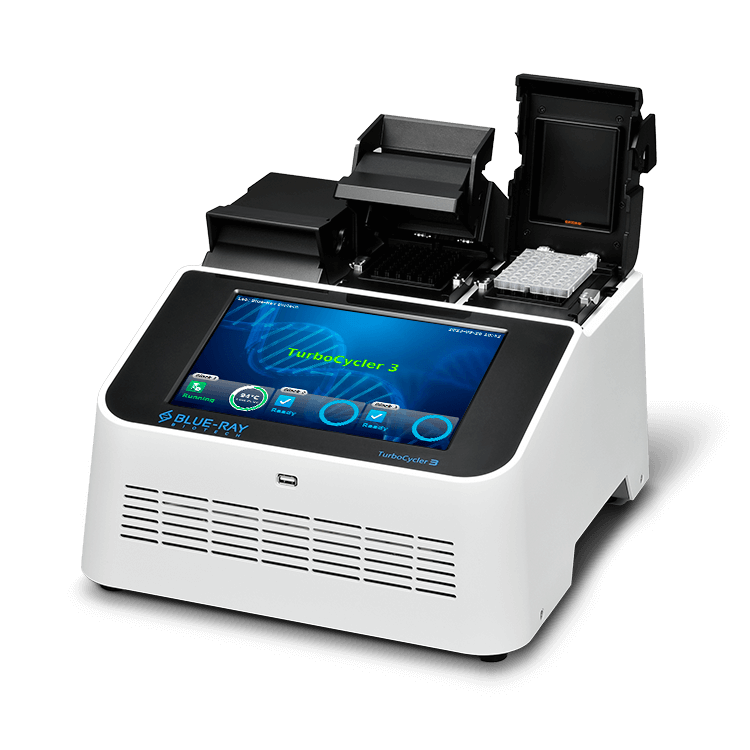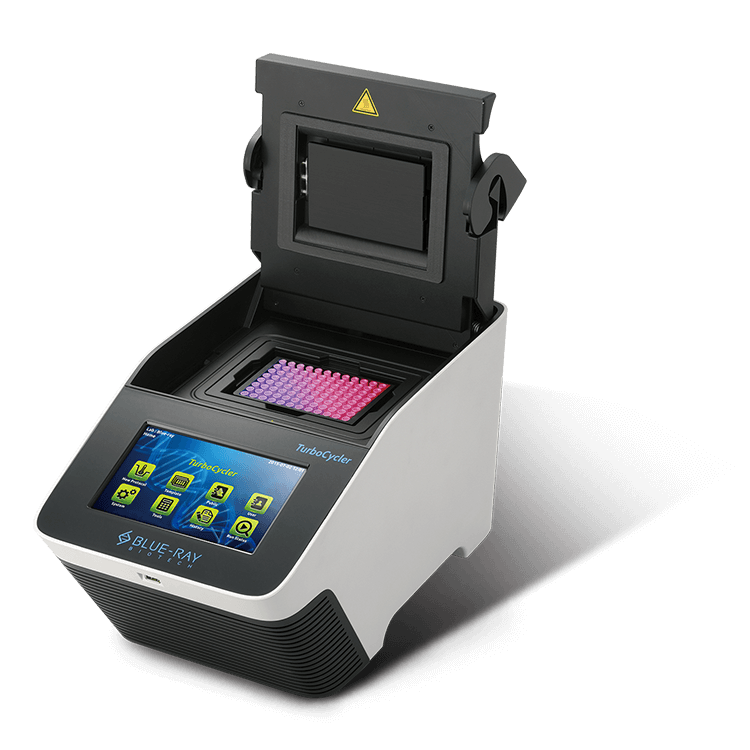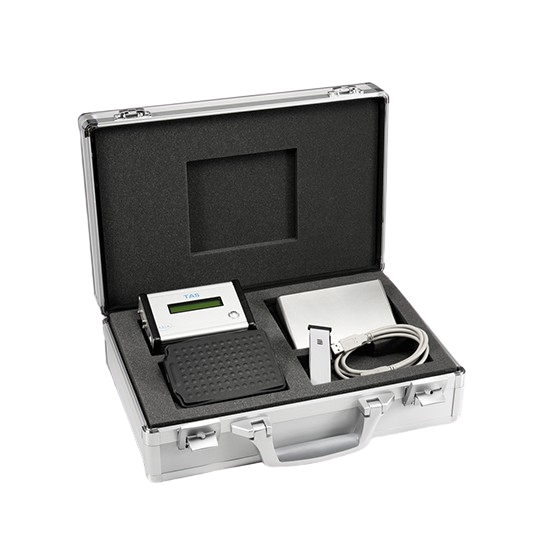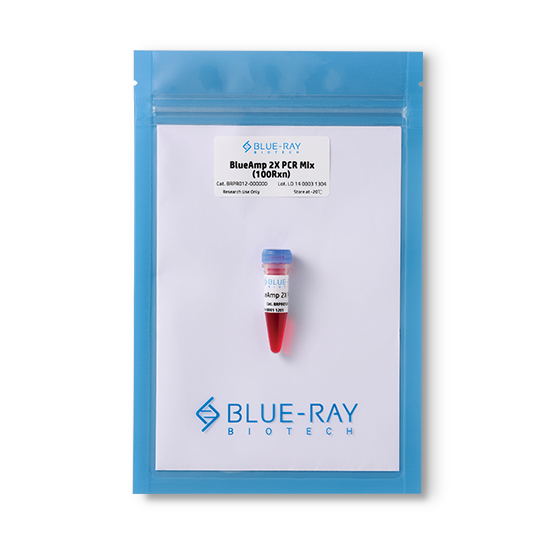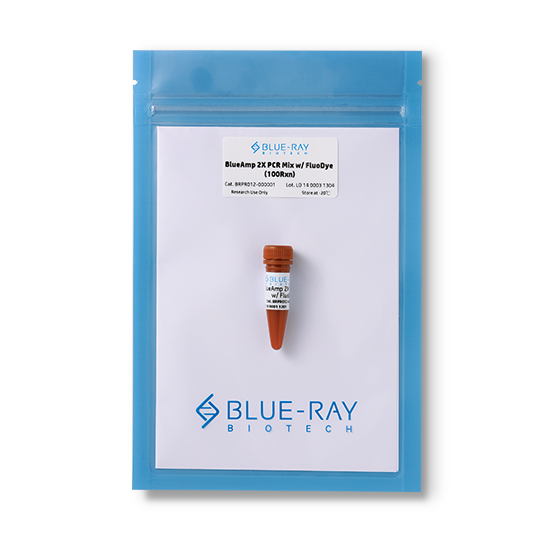TurboCycler Lite Thermal Cycler
Economical Gradient Thermal Cycler with Versatile Capabilities
TurboCycler Lite thermal cycler offers versatile capabilities at an affordable price, making it an ideal choice for routine PCR tasks. TurboCycler Lite comes with impressive features, including intuitive operation interface, gradient optimization, advanced slow-ramp temperature control and adjustable lid temperature.
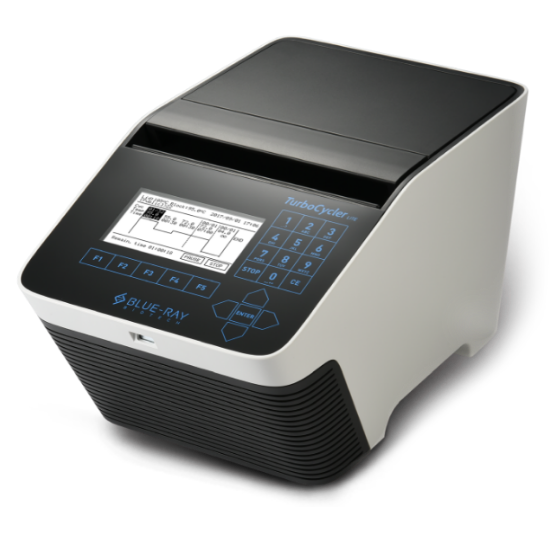
Features and Benefits
Intuitive Operation Experience
A sensitive capacitive touch keypad and an intuitive graphical interfaceGradient Optimization
The thermal gradient function allows fast PCR optimization for new experimentsAdvanced Slow-Ramp Temperature Control
The ramp rate can be precisely controlled down to 0.1 °C/sec to meet the need for the CRISPR/Cas related assaysFully Adjustable Lid Temperature
The temperature can be set between 35 and 120 °C for virtually any type of experiment including NGS pre-treatmentEasy Disinfection
The dust and aerosol proof keypad can be easily disinfectedAuto Restart
Power failure recovery keeps the experiment safeTurboCycler Model Comparison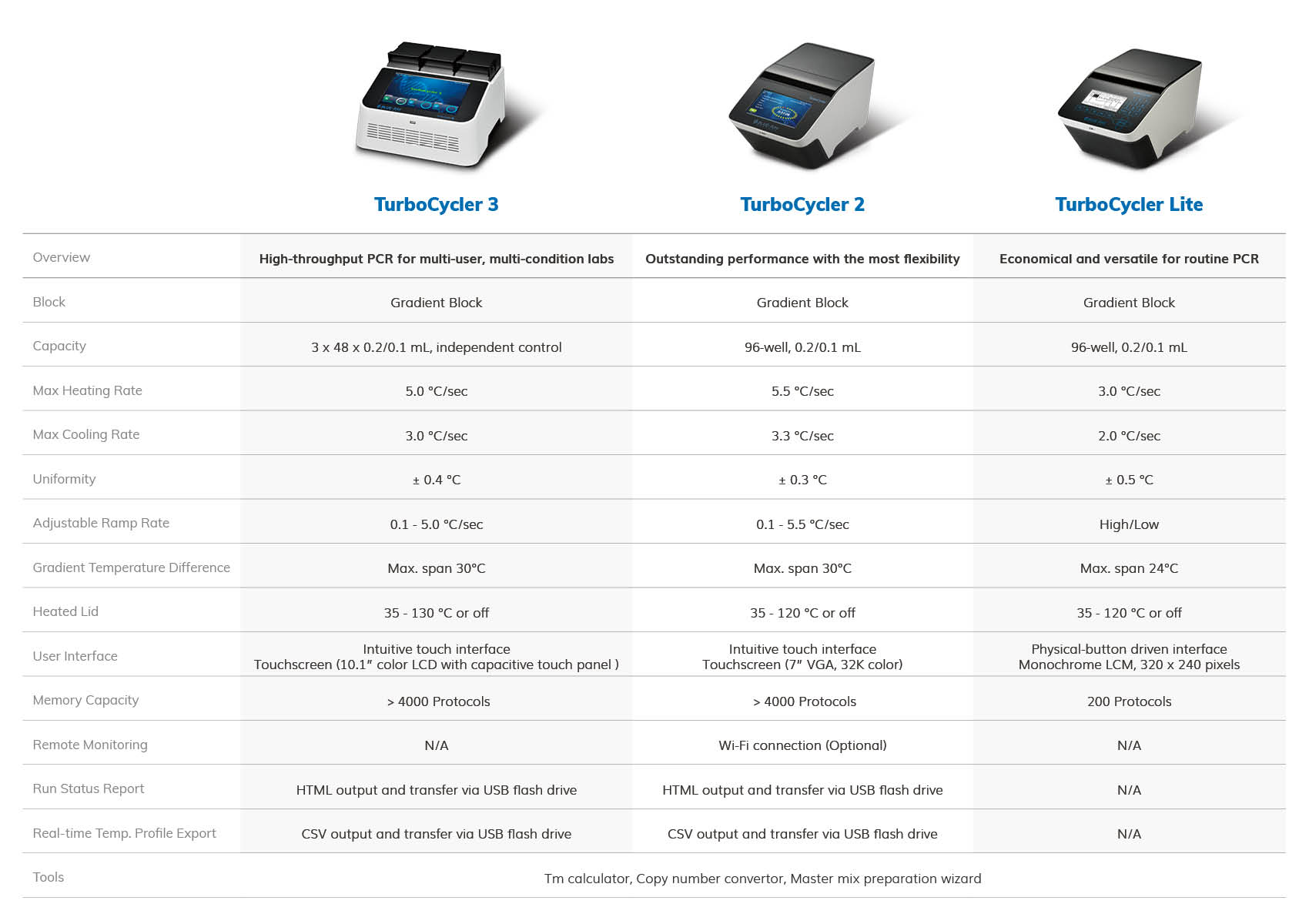
Specifications
Sample Block
- Sample Block
- Fixed 96-well, compatible with regular profile or low profile 0.2 ml PCR tube, strip, non-skirted, semi-skirted and full-skirted 96-well plate
- Sample Volume
- 10 - 100 µl
Block Temperature
- Block Temperature Range
- 4.0 - 99.9 °C
- Max. Heating Rate
- 3.0 °C/sec
- Max. Cooling Rate
- 2.0 °C/sec
- Temperature Accuracy
- +/- 0.3 °C
- Temperature Uniformity Across Block
- +/- 0.5 °C
- Adjustable Ramp Rate
- High / Low
- Slow Ramp Temperature Control
- Via temperature increment / decrement between cycles
Gradient Temperature
- Gradient Direction
- Horizontal across the block
- Gradient Temperature Range
- 30 - 99 °C
- Gradient Temperature Difference
- Max. span 24 °C
Heater Lid
- Temperature Setting Range
- 35 - 120 °C or off
- Temperature Accuracy
- +/- 1.0 °C
Software
- Stored Program No.
- 200 sets
- Registered User Folder No.
- 50 sets
- User Folder Password Protection
- Yes
General
- Display
- Monochrome LCM, 240 x 128 pixels
- Input Interface
- Capacitive touch keypad
- Auto Restart after Power Outage
- Yes
- Footprint Dimensions (H x W x D)
- 225 mm x 245 mm x 415 mm
- Weight
- 9.5 kg
- Power Supply
- AC 100-240 V, 50/60 Hz, 500 W
- Certification
- CE, RoHS
* Specifications are subject to change without prior notice.
Ordering
- TCLT-9610
- Gradient TurboCycler Lite with 96-well Sample Block (110V)
- TCLT-9620
- Gradient TurboCycler Lite with 96-well Sample Block (220V)
- TCST-a002
- 5.2 mm Compression Mat x 10 pcs
- TCST-a003
- 1.0 mm Compression Mat x 10 pcs
Resources
Citations
FAQ
-
Compressor Mat and Low-profile PCR vessel?
The low-profile PCR vessel design reduces the overhead space above the reaction solution inside the vessel.
During thermal cycling, water in the solutions evaporates and fills the overhead space. This causes a concentration increase in the reacting solution.
The smaller the overhead space, the smaller the amount of evaporated water and concentration change in the solution. This is especially helpful when low volume reaction mixtures are being used.
In general, the low-profile PCR vessels are 5 mm shorter in height than the regular PCR vessels.
Use the compressor mat and set the lid heat to 120°C to maintain the pressure in the vessels. -
What is the function of the lid? What is the effect on evaporation? Does the lid temperature cycle during experiments? Do the competitive units do the same? What is the temperature of the lid at the 4°C step?
Lid heating is used to avoid severe condensation in the PCR tubes during the reaction.
The amount of evaporation is related to the sealing of the PCR vessels. A firm pressure on the lid will help maintain the integrity of the seal and prevent evaporation.
The Lid heating does not cycle and the competitive units do not cycle either.
When the block temperature drops below 30°C, lid heating is turned off and the temperature of lid decreases gradually. Competitive units also do this. -
Condensation vs Evaporation
Condensation inside the tube is caused by the temperature difference between the tube and the cycler. The tube temperature might remain at 4°C for a long time at the end of a run. This happens with all cyclers. It is like a bottle of water being put into a refrigerator; water always condenses in the neck.
The amount of water lost to the environment from a reaction vessel by evaporation depends on the integrity of the seal.
If the seal or the vessel cannot withstand the temperature cycling during the run, there may be deformation. This deformation may be serious enough to tear off the seal. Plates and seals of poor quality may deform enough to disrupt the seal. Low quality consumables should be avoided. It is essential that the plates and seals remain undeformed for the entire run.
-
When a run is started, the block holds for several minutes before it starts to heat up. Why is this?
The lid of the cycler needs to be heated to the proper temperature before the block starts to heat.
The delay will depend on the lid temperature setting, the room temperature, and how the compression mat has been used. Heating of the lid usually takes between 2 to 8 minutes.
-
When the power comes back after a power failure, do the TurboCyclers (Lite/2) start running again?
When the power comes back on again after a “power-failure-during-a-run” event, the unit will start up and continue where it had stopped and run until the end of the protocol. This will happen as long as the power switch has not been touched in the meantime.
Also, if the power stays off for a long time, there will be a short delay (after the power comes back on) before the unit starts again. This is because it might take a minute or two for the lid to get back up to the right temperature.
After the lid module reaches its setting temperature, the protocol will be continued. This “Auto-restart after power outage” function has been specifically designed to protect the PCR experiment. -
Can the TurboCycler Lite and TurboCycler 2 run overnight?
Yes! But we do not recommend this be done very often.
Running your cycler overnight at 4°C can potentially reduce the life cycle of the instrument. In most applications, 16°C instead of 4°C for overnight storage can protect your DNA sample very well. -
Is the ramping rate of the TurboCycler Lite adjustable?
Yes! There are two ramping rate options for the TurboCycler Lite, High and Low.
Hi for the full ramping power that will speed up your experiment and Low for 50% ramping power that can mimic the running conditions on some of the older generation cyclers.
-
What is the lid temperature setting for the TurboCycler Lite and TurboCycler 2?
There are three different temperature settings for the lid:
1. 120°C (for use with low-profile vessel + compression mat), with an extra 3 minutes of pre-heat
2. 105°C
3. Heater off -
Are the blocks of the TurboCycler Lite and TurboCycler 2 interchangeable?
There is only one block configuration for the TurboCycler Lite and TurboCycler 2 so far. They are not interchangeable.
However, if the block needs to be serviced it can removed and sent back to our factory for service. -
How many protocols and history can be stored in TurboCycler Lite? What will happen if my data exceeds the limit?
The storage limits are:
-Protocol: 200 sets
-History: 50 sets
-User folder: 50 sets
When the storage of protocols has reached the limit, a message will remind the user to delete some protocols. The system will not overwrite existing protocols. However, when history storage reaches the limit, new histories will over-write the oldest. -
What are block and sample mode?
-Block mode: Enables system operation with maximum temperature control based on the actual block temperature regardless of the sample temperature. This mode is designed to mimic the control algorithm used in most early model thermal cyclers.
-Sample mode: Enables system operation with simulated temperature control. Users are required to input the sample volume: 10-100μl. In this mode, the temperature control algorithm will estimate the sample temperature based on the block temperature and sample volume. This is the mode recommended for normal operation.


